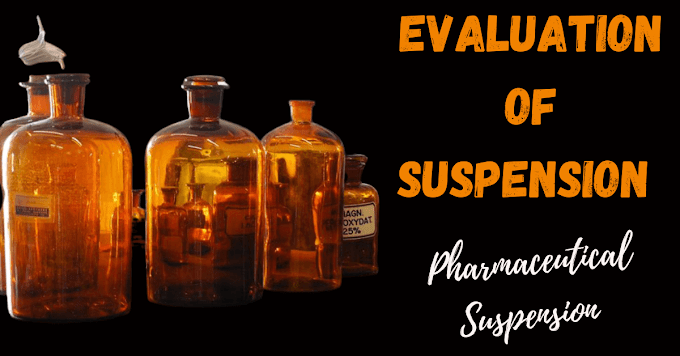The method through which the respiratory stimulants function, is by stimulating the brain and breathing-related nerves. They are frequently used when breathing has slowed dangerously, such in surgical procedures, poisoning events, and respiratory disorders including sleep apnea. These stimulants have the potential to save lives and support recovery by assisting in the restoration of regular breathing. So, in this article, I will give you information about respiratory stimulants.
Respiratory Stimulants
Analeptics are medications that stimulate the respiratory system. These drugs for the central nervous system have very poor therapeutic indications.Analeptics increase breathing and can help those who are unconscious or in a coma. In subconvulsive doses, they increase breathing, but there is some margin of safety.
The conditions that follow result in the use of respiratory stimulants:
As a temporary solution to hypnotic drug toxicity till the implementation of mechanical ventilation.
Acute respiratory insufficiency and suffocation upon swimming.
Apnea in a premature baby.
Unable to breathe on their following general anesthesia.
Read More - Antitussive drugs
Doxapram
It is a respiratory stimulant with a short half-life. It works by stimulating central neurons to get excited. It is more specific for the respiratory center at low doses than other analeptics. The aortic and carotid chemoreceptors induce respiration. Doxapram is quickly eliminated. It has been discovered that giving doxapram intravenously continuously eliminates apnea occurrences in premature infants who are not responding to theophylline.Adverse effects: Cough, Restlessness, and Nausea.
Dose: 40–80 mg intramuscularly or intravenous.
Use: Cures severe respiratory failure.
Theophylline
Caffeine contains a chemical relationship with theophylline, a bronchodilator and respiratory stimulant. Although the half-life changes by formulation and is often longer in adults (8 to 9 hours) and lesser in children (3.5 hours), peak plasma concentrations can sometimes be reached in 2 hours. Food may have a significant impact on absorption, which is lower at night than in the morning. Complaining about sleeping is one of the common problems among users of theophylline. According to a systematic study, theophylline-treated asthma patients were more likely than those treated with other asthma medications to report trouble maintaining their sleep (55% vs. 31%).Read More - Types of Antiasthmatic Drugs
Conclusion
When breathing becomes difficult because of problems like medication toxicity, respiratory failure, or apnea in premature newborns, respiratory stimulants are very important. These medications, which include theophylline and doxapram, help to reestablish regular breathing patterns by stimulating the brain's and nerves' respiratory centers. Although they can save lives in emergencies, they must be used cautiously because they may cause adverse effects like nausea, restlessness, or disturbed sleep.The requirements of the patient and the particular condition determine which respiratory stimulant is best. Doxapram, for example, works well for short-term respiratory support, whereas theophylline can have longer-term advantages but needs close supervision. To sum up, respiratory stimulants are important in critical care because they provide patients with severe breathing difficulties with short-term comfort and help in their recovery. Respiratory stimulants should only be used under a doctor's supervision because misuse might result in problems or adverse effects. I hope that you have liked the article on respiratory stimulants if you have any problem please text in the comment.
Read More - What is The Management For COPD





.png)

0 Comments